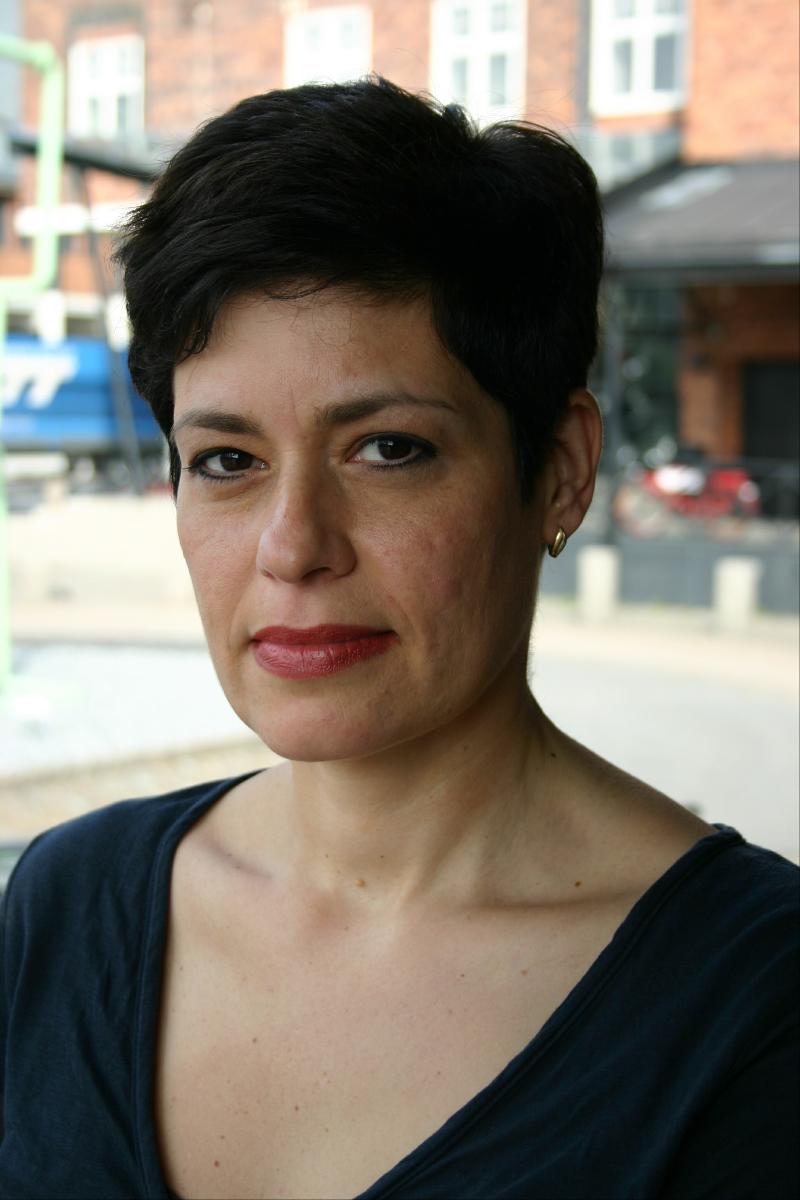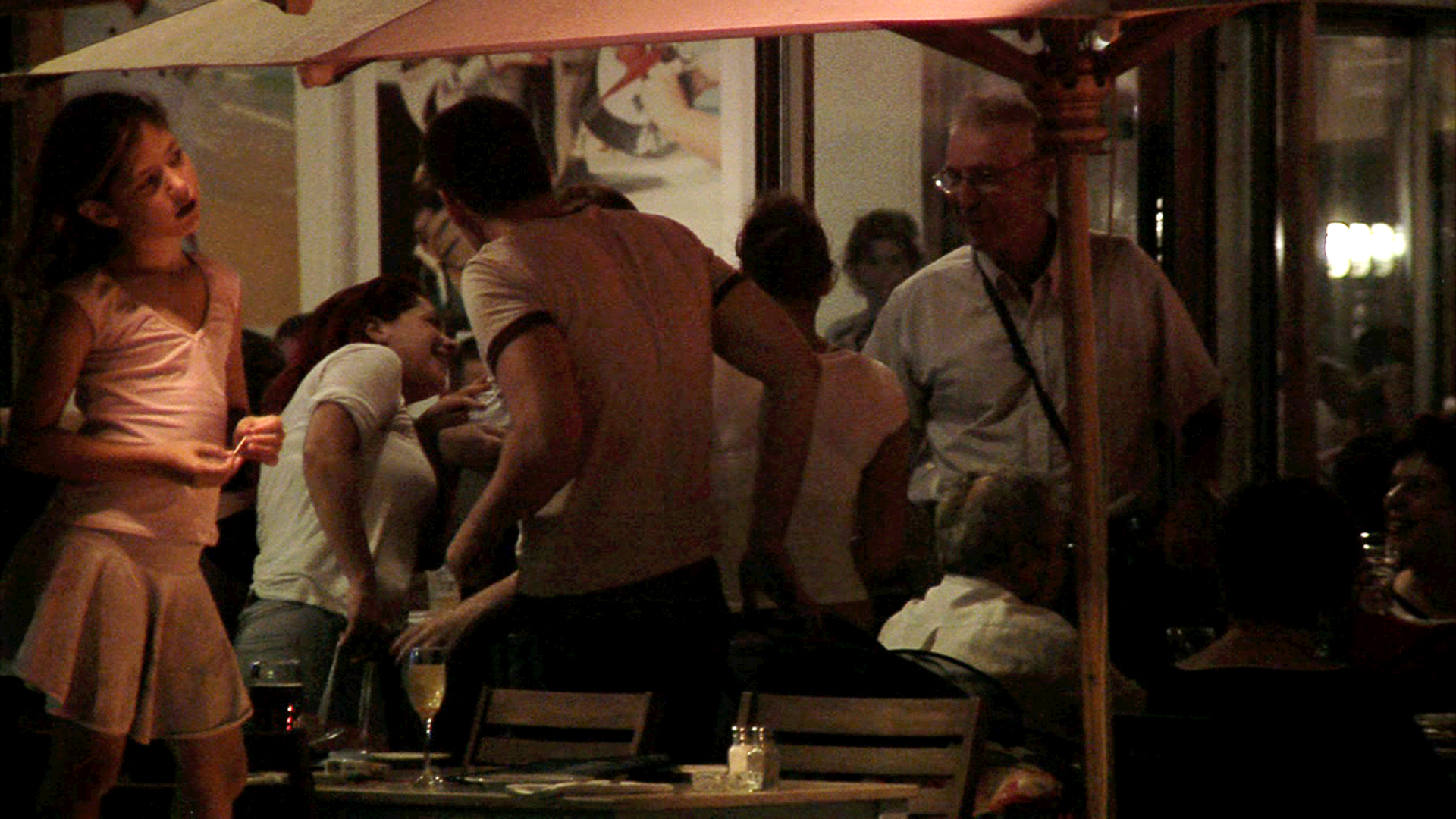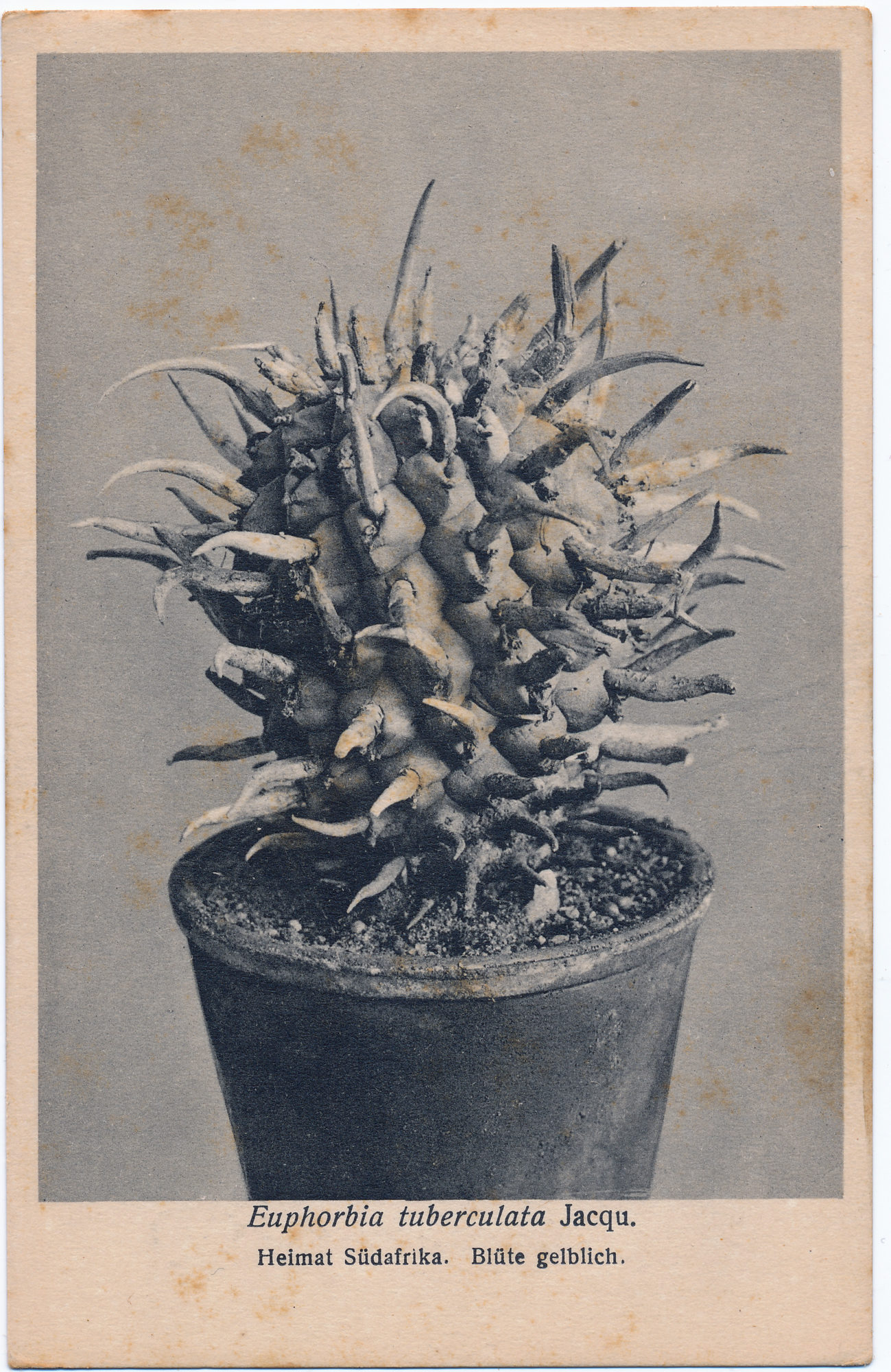Smadar Dreyfus (1963) born in Israel and is London based since 1990. She holds a BFA from Bezalel Academy of Arts and Design, and MFA from the Royal College of Art, followed by postgraduate study at the Slade School of Fine Art, UCL. Dreyfus works across audio, video and photography in the context of installation. She investigates the role of the voice in contested public spaces, how social and political situations reverberate in the everyday at a particular moment in time, and the way culture is embedded in and through speech on the level of affect. Dreyfus has exhibited solo exhibitions at prestigious museums and galleries such as Haus der Kulturen der Welt, Berlin, Germany (2014); Magasin III Museum for Contemporary Art, Sweden (2009); Extra City Kunsthal, Antwerpen, Belgium (2008). In addition, she has participated in many group exhibitions at the Busan Biennale, South Korea (2018); CaixaForum Barcelona, Spain (2018); Berlin Documentary Forum 3, Germany (2014). Furthermore, her works are part of important collections and she won multiple prestigious awards.

MIII JAFFA: Hi Smadar, how are you doing these days?
S.D: I am fine, at home in London on this long pause since March. Resetting after two years of too much travel. Catching up on maintenance, stopping and starting, reflecting on distance as a condition, as material, as obstacle and as opportunity.
MIII JAFFA: Can you tell us something about your work from M III collection we see here?
S.D: ‘360 degrees’ was filmed in 2006, on a warm Friday evening by the beachfront that borders Jaffa and Tel Aviv, where multiple sections of society share this specific public space. It was jointly directed with my partner, Lennaart van Oldenborgh who performed this very slow reflective gaze in real-time, that we experience through the camera movement over a long 26 minute take. It’s a kind of uninterrupted ‘scan’ of the landscape, using a very deep telephoto lens, trying to capture something subliminal and contradictory that resides in the quotidian, under the multiple layers of the social topology in that space and time.
It starts with a close view of diners on the balcony of a high-end beach restaurant, it slowly moves on to people on the sandy shore with a view of Jaffa in the background, to the seawater and bathers, to those who stroll on the promenade and families having mangal in the grassy park, all the way back to the restaurant. As the camera ‘scans’ these scenes in a continuous take it simultaneously reveals and conceals multiple micro-narratives, but never lingers on any one in particular. I recorded the sound simultaneously with the camera movement, pointing the microphone in the opposite direction to that of the lens.
The Tel Aviv beach was also central to my large scale installation ‘Lifeguards’, recorded in 2002, at the time of the 2nd intifada, during my re-encounter and stay in Israel after many years away. I was listening and looking at something that was so familiar to me but from a shifted perspective.
To me the beach is a sort of liminal space in between, like an edge, or an interface, and in our 360 degrees take I think there’s a fragile sense of how the various social groups co-inhabited this space; not really mingling with each other, they almost seem to ignore each other’s presence. This sharing of the space stands in contrast with the enormous gulf between them socially, economically and politically, in a context of seeming normality.
MIII JAFFA: In the context of these days, do you experience it differently?
S.D: We’re watching it from the distance and temporality of our London lockdown, and with the biopolitical crisis unfolding all around. This extremely slow real-time footage from 14 years ago contrasts for us with the current streams of real-time live-feed images coming from Israel, of the upsurge of mass protests against Netanyahu’s regime that are taking over many open-air spaces for several months now (including by that same beachfront). Something fundamental seems to be shifting and surfacing.
I’m also thinking of the Palestinians present in our footage, such as Rawan, the boy heard talking with me while we film, curious about our shoot and explaining he is from Beit-Iksa, a village north-west of Jerusalem; by now he is surely no longer a boy. One wonders when they will be able to enjoy the beach again like they were 14 years ago.
MIII JAFFA: What are you working on right now?
S.D: The pandemic has brought to a halt a long-term working process on a project based on documentary recordings, which I am unable to discuss yet. It will hopefully emerge. Otherwise I use some of the time to work through my archives and my grandfather’s collection of 1920’s postcards of cactus species photographed in Leipzig. He was an autodidact horticulturist and according to family stories the postcards accompanied 80 actual cactus plants which he brought to Palestine on the ship from Marseilles to Jaffa in 1933.
MIII JAFFA: Thoughts about the future?
S.D: So much is unpredictable from the personal to the socio-political. While it seems that a lot is suspended or slowed down, I suspect that things are probably changing faster than we are able to grasp.







